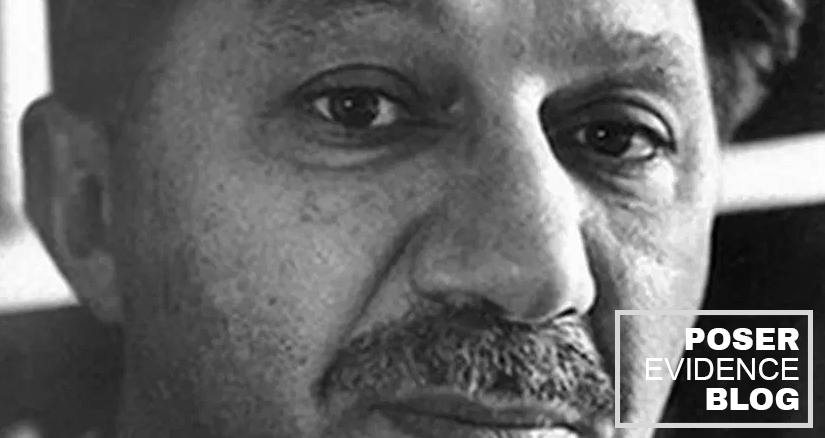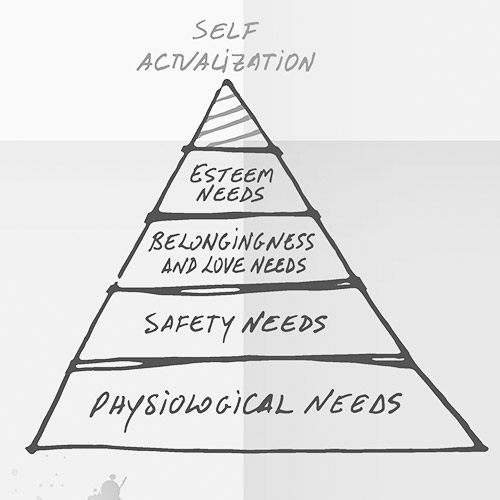Abraham Maslow was an American psychologist born in 1908. Abe discovered that us humans have an ascending order of NEEDS… inherent desires that we’re born with that drive our thoughts and actions.
What a man can be, he must be. This is what we call self-actualization.
Physiological Needs
Physiological Needs are at the bottom, or our #1 priority. This includes things like food, shelter, and clothing. Basic survival items. As our core needs are met, we progressively add ‘needs’ and desires.
Safety Needs
If you were to strip someone of everything but their physiological needs, safety needs now become their primary motivator. These are basically our desires for certainty: job stability, insurance, financial, etc.
Belonging and Love Needs
These are things like the need for affection and relationships, and groups. Marriage, community member, church, fraternity, gangs, clubs.
Esteem Needs
There are two parts here 1) the need for esteem from others (recognition) and 2) the need for self-esteem (status).
Self-Actualization
This is the top of our core needs. It means to “be who you are”. Musicians must make music. Artists must create. We as humans MUST be true to our nature, our DNA. In order for people to really focus on this level, the needs below must have been sufficiently met. The catch is that this need can never be satisfied… the itch will always be there waiting to be scratched.
If the only tool you have is a hammer, you tend to see every problem as a nail.
Now, let’s assume you agree with Mr. Maslow. Can you see as an employer how you are probably missing many areas to motivate, inspire, and lead your team?



